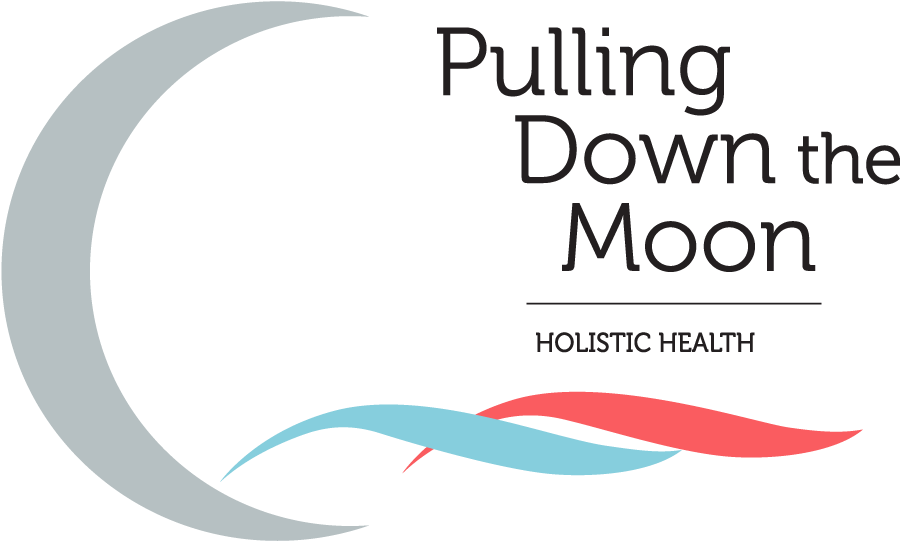Benefits of Qigong
Qigong, a practice with roots tracing back millennia, offers a profound journey into self-discovery and holistic well-being. The benefits of Qigong includes enhanced physical vitality, reduced stress, improved mental clarity, and increased emotional balance. Its practice has been linked to strengthening the body, promoting relaxation, and fostering a deep sense of overall well-being. Integrating Qigong into your daily routine can offer a nurturing path to enhance fertility by harmonizing the body and mind, promoting relaxation, and supporting reproductive health.

What is Qigong?
Qigong (pron. “chee gawng) is a 5,000 year old tradition of self-healing exercises that is used to achieve wellness within the body, mind, and spirit. The word qigong means “energy work or “life force work. It is the practice of connecting with the energy around you and utilizing it to balance the internal functioning of the body.
Qigong Exercises for Fertility
Wear loose, comfortable clothing. Try to find a space that you can consistently practice in each morning. Outside in nature is ideal, but if you are inside, try listening to nature sounds or putting nature imagery around you (even on TV!). You should have space to move around a bit, at least arms’ breadth. Barefoot is preferable, but if you are outside, wear comfortable shoes.
Bring to mind a sense of purpose, clarity of vision, and sincerity of focus. Take a few minutes to do this. Try to focus on big picture hopes and dreams rather than specific details.
Stand with feet shoulder-width apart. Feet should be flat on the ground with a firm position, but not tight. Relax shoulders away from ears. Gently roll head side to side a few times to relax neck.
Bring your attention to your breath. Breathe in through the nose and gently out through the mouth. Try to use deep, diaphragmatic breathing rather than keeping the breath all in the chest.
- Swing arms front to back, loosening the shoulders, relaxing the arms. Aim for 100x, stop or make smaller movements if you feel discomfort. You should feel the arms and upper body warming up. You may feel your heart beat a little faster. Now, shake your hands as if you had water on them. Start with small movements and progress to more vigorous movement for about 2-3 minutes. Your hands will begin to pulse and feel warm, perhaps even with a vibrating sensation.
- Take your hands and place them over your kidneys (about the middle of your back on each side). Kidneys have a special connection to reproductive function, growth and development, and aging in Chinese medicine theory. By warming this area, you are supporting that function.
- Bring the attention back to the breath. Imagine good energy coming in through your nose, down your front to your belly button and then between belly button and pelvic floor. Bend the knees and scoop upward with both hands the air around you. Then, rest the hands one over the other on the area just below your belly button for about 10-15 seconds. Do this 9 times.
- With the next breath, tighten the pelvic floor muscles (as you would when stopping the flow of urine). As you exhale, release the pelvic floor muscles. As you breathe, imagine energy going downward toward tailbone, then traveling back up through the spine, and finally through the head and into the nose. Do this 5 times. After the 5th time, begin to imagine your breath entering the other organs involved with reproduction: the hypothalamus and the pituitary gland. Imagine them doing their jobs to regulate the hormones effectively. Repeat 5 more times.
- Gently bend the knees again. Bring your arms into a circle shape in front of you as if you were holding a large beach ball, about the height of your belly button. Fingers should just be touching at the tips. Close your eyes and take 9 slow, deep (but with very minimal effort) breaths. In through the nose, out the mouth. After the last exhale, bring the palms of the hands, one over the other, back to the area below the belly button and hold for 10-15 seconds.
These exercises will bring warmth and movement all throughout the body. They are great to support fertility, but also to help with longevity for anyone! Teach them to your parents!
Christine Davis, LAc is a Licensed Acupuncturist and the Director of Acupuncture at Pulling Down the Moon.
Make an appointment with Christine or any of our therapists by calling 312-321-0004 or booking online at www.pullingdownthemoon.com.
Meet Tamara Quinn
View Profile: Co-Founder of Pulling Down the Moon
Tami, the Co-Founder of Pulling Down the Moon, played a pivotal role in transforming the care provided to women facing infertility. After a corporate career, she sought balance and meaning through yoga and ancient healing practices, eventually leaving the corporate world. Tami became a registered yoga teacher (RYT), immersing herself in mystical yogic traditions such as Kriology and Ayurveda. She also attained the status of a reiki master, a disciple of Kriya yoga, and an ordained Swami. Utilizing her extensive training, Tami creates fertility rituals, meditations, and yoga classes tailored to women dealing with infertility, some of which are highlighted in her co-authored book, "Fully Fertile, A 12-Week Plan to Optimal Fertility." Her journey remains ongoing as she continues to learn from her Guru and her students, demonstrating a deep commitment to her path.
Share on Social
Discuss With Us
Our Latest Resources




